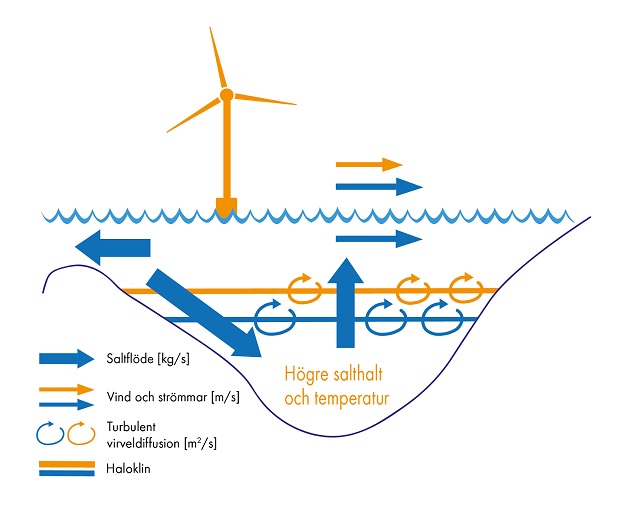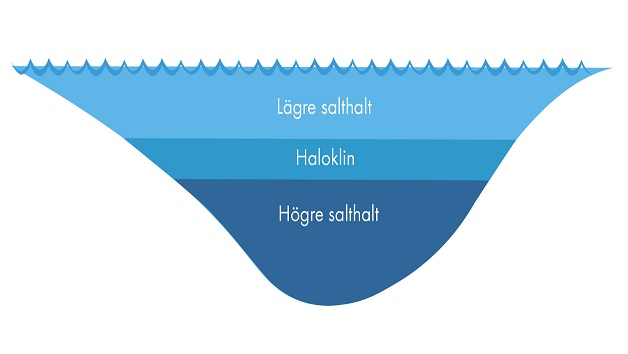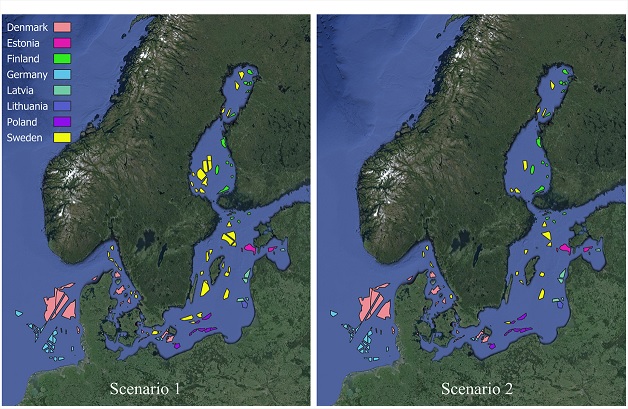While the much more stable and predictable nuclear power is being rejected, wind power is often pointed out as the savior of the climate from the ever-approaching doomsday. However, few want wind power in their own vicinity for a variety of reasons. Offshore wind power is being discussed more and more, but it also brings a long list of consequences, and now SMHI’s researchers have examined how the Baltic Sea and the North Sea may be affected by future offshore wind farms.
SMHI’s researchers contribute to the energy transition and investigating how wind power can affect the marine environment is an example. The results of the study will be used as guidance for authorities, municipalities, and regions in investigations related to activities at sea.
This is the first time that Swedish researchers have examined how the Baltic Sea and the North Sea may be affected by future offshore wind farms over such a long period as 32 years.
READ ALSO: Study shows: Wind turbines can be major environmental hazards
It is noted, among other things, that offshore wind power causes the wind behind the wind farms to decrease because the energy of the wind is absorbed by the rotor blades. Weaker winds at the sea surface affect, among other things, the sea’s temperature, salinity, currents, and stratification – the ocean’s hydrography. These parameters are also affected by the fact that the foundations of wind turbines cause increased friction and turbulence in the water.
“All activities at sea affect the marine environment. The impact can be good or bad, small or large. It can also be positive for something while being negative for something else. The sea is complex. What we have investigated now is how and to what extent the ocean’s hydrography can be affected by the potential expansion of offshore wind farms in the Baltic Sea and the North Sea,” says Lars Arneborg, research leader in oceanography at SMHI.
Increased salinity and temperature
The most important long-term hydrographic changes in Swedish waters that can occur to varying degrees due to offshore wind power are increased salinity and temperature in the bottom waters of the Baltic Sea and shallower halocline (the boundary area between water masses with lower and higher salinity).
The results are due to the fact that decreasing winds behind the wind farms lead to reduced vertical mixing of seawater. Changes in salinity and temperature can affect the suitability of habitats for different species.

Already today, for example, cod has difficulty reproducing in the Baltic Sea due to the oxygen-poor deep water, while bottom-dwelling animals disappear from oxygen-poor areas.
Two scenarios

Based on the study now conducted, SMHI’s researchers have looked more closely at two scenarios: In scenario one, it is assumed that there is offshore wind power in all proposed energy areas in Swedish waters, while in scenario two, an expansion of offshore wind power is assumed that better corresponds to set goals.
Existing and planned offshore wind power from Sweden’s neighboring countries are included in both scenarios, which also represent a large expansion of wind power that will probably never be realized.
READ ALSO: Ekeroth: “A bribe does not make wind power better”
The scenarios have been investigated by making calculations in a sea model for the Baltic Sea and the North Sea with and without wind power for the period 1985 – 2016 to evaluate how different the sea would have looked according to the scenarios if the wind power had been built in the mid-80s.

“This report contributes to giving decision-makers the opportunity to make well-founded decisions regarding future establishment of offshore wind farms. At the same time, we see a need to further delve into the subject to find out even more about how marine life is affected by offshore wind farms, and which areas are most important for the changes we see. For example, it might be possible to reduce the impact by building wind turbines where the sensitivity to these changes is minimal. It should also be remembered that a major threat to marine life is climate change, so the changes caused by offshore wind power must be weighed against the reduction in climate change it also contributes to, which in turn is positive for the sea,” concludes Lars Arneborg.
HERE is the full report.
